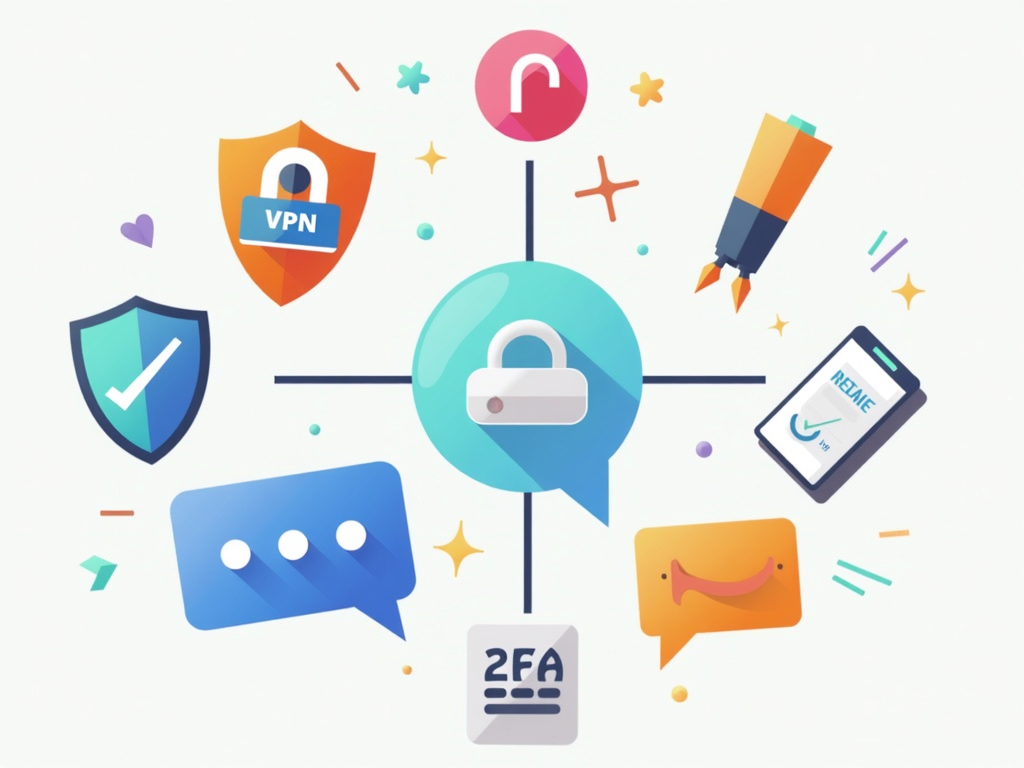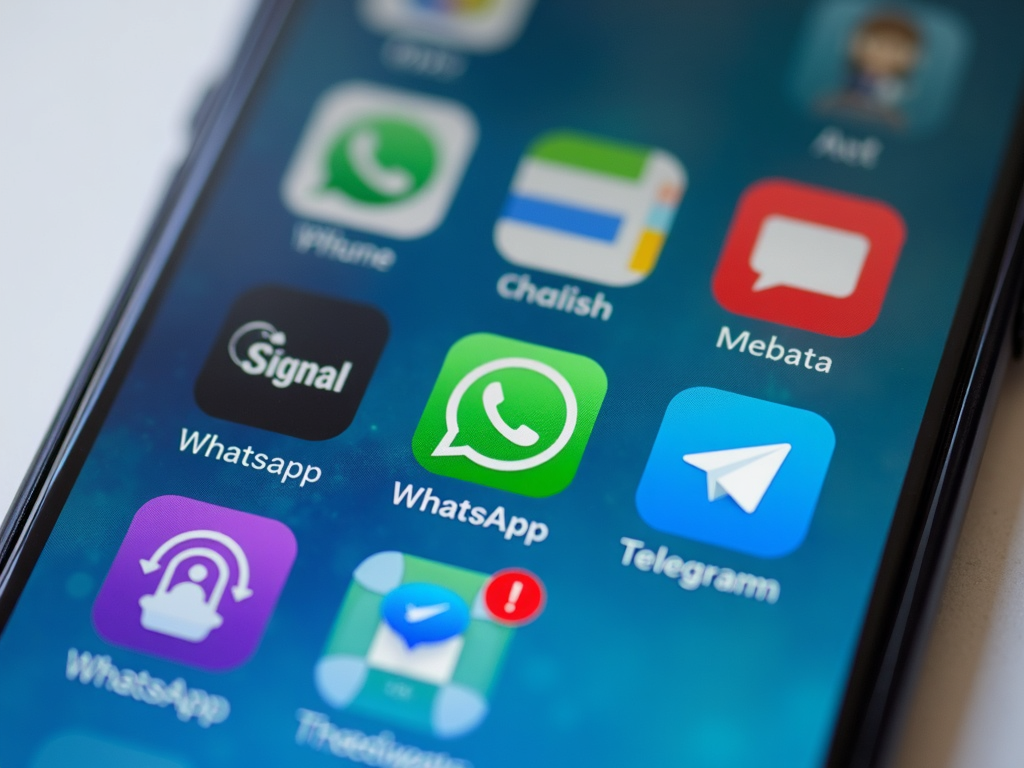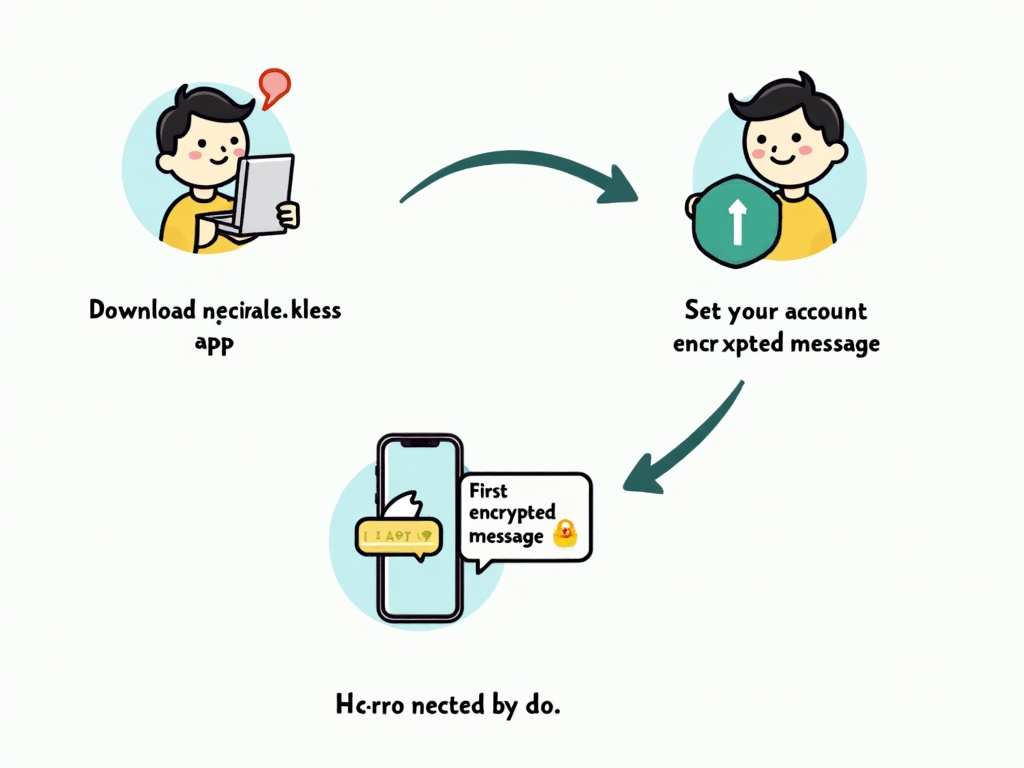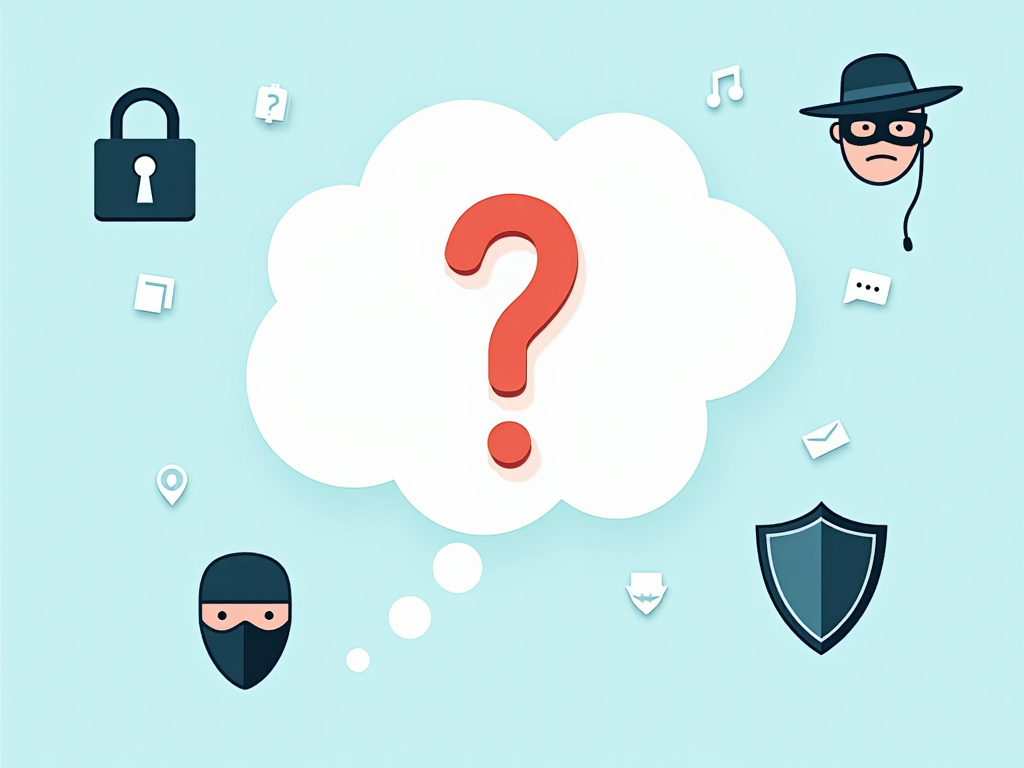Understanding Encrypted Messaging: A Beginner’s Guide
Overview: In today’s digital world, privacy is more important than ever. Encrypted messaging is a powerful tool that helps protect your personal information from prying eyes. This guide will walk you through the basics of encrypted messaging, why it matters, and how you can start using it to safeguard your online conversations.
What is Encrypted Messaging?
Encrypted messaging is a way to send messages that are scrambled into a code, making them unreadable to anyone except the intended recipient. Think of it like sending a letter in a locked box—only the person with the key can open it and read what’s inside. This process ensures that your conversations stay private, even if someone tries to intercept them.

When you send a message using an encrypted messaging app, the app uses complex mathematical algorithms to scramble the message. This scrambled message is then sent to the recipient, who uses a unique key to unscramble it. Without this key, the message is just a jumble of characters that make no sense.
Why Encrypted Messaging Matters for Online Privacy
Online privacy is a growing concern as more of our lives move online. From personal conversations to sensitive information like bank details, we share a lot over messaging apps. Without encryption, these messages could be intercepted by hackers, governments, or even the app providers themselves.
Encrypted messaging protects your privacy by ensuring that only you and the person you’re talking to can read your messages. It’s a crucial tool for anyone who values their privacy and wants to keep their conversations secure.

Essential Online Privacy Tools for Beginners
Encrypted messaging is just one part of a broader set of online privacy tools. Here are some other essential tools that beginners should consider:
- Virtual Private Networks (VPNs): These tools hide your IP address and encrypt your internet traffic, making it harder for others to track your online activities.
- Password Managers: These help you create and store strong, unique passwords for all your accounts, reducing the risk of being hacked.
- Two-Factor Authentication (2FA): This adds an extra layer of security to your accounts by requiring a second form of verification, like a code sent to your phone.
While these tools are important, encrypted messaging is often the first step for many people looking to improve their online privacy. It’s easy to use and can make a big difference in keeping your conversations private.

How Encrypted Messaging Works
At its core, encrypted messaging relies on two main types of encryption: symmetric and asymmetric.
- Symmetric Encryption: Both the sender and receiver use the same key to encrypt and decrypt messages. This is fast but requires a secure way to share the key.
- Asymmetric Encryption: Each person has a pair of keys—a public key for encrypting messages and a private key for decrypting them. This eliminates the need to share a single key.
Most encrypted messaging apps use a combination of both types to ensure security and efficiency. For example, they might use asymmetric encryption to exchange a symmetric key, which is then used to encrypt the actual messages.

Popular Encrypted Messaging Apps
There are several encrypted messaging apps available, each with its own features and strengths. Here’s a quick overview of some of the most popular ones:
| App Name | Key Features | Pros | Cons |
|---|---|---|---|
| Signal | End-to-end encryption, open-source | Highly secure, free | Smaller user base |
| End-to-end encryption, large user base | Widely used, easy to use | Owned by Meta (Facebook) | |
| Telegram | Cloud-based, secret chats | Fast, feature-rich | Not all chats are encrypted by default |
| iMessage | End-to-end encryption (for Apple users) | Seamless for Apple users | Only works between Apple devices |
When choosing an encrypted messaging app, consider factors like ease of use, the size of the user base, and whether the app is open-source (which allows for greater transparency and security auditing).

Getting Started with Encrypted Messaging
If you’re new to encrypted messaging, here’s a simple step-by-step guide to get you started:
- Choose an App: Based on the table above, pick an app that suits your needs. For beginners, Signal is a great choice because it’s highly secure and easy to use.
- Download and Install: Go to your device’s app store, search for the app, and install it.
- Set Up Your Account: Follow the app’s instructions to create an account. This usually involves verifying your phone number.
- Invite Friends: Encrypted messaging is most effective when both parties use the same app. Encourage your friends and family to join you.
- Start Messaging: Begin sending messages as you normally would. The app will handle the encryption automatically.
Remember, while encrypted messaging is a powerful tool, it’s not foolproof. Always be mindful of what you share and with whom, even in encrypted conversations.

Common Misconceptions About Encrypted Messaging
There are a few myths and misconceptions about encrypted messaging that are worth addressing:
- Myth 1: Encrypted messaging is only for people with something to hide. In reality, everyone has a right to privacy, and encrypted messaging is a tool for protecting that right.
- Myth 2: Encrypted messages are completely unhackable. While encryption makes it extremely difficult for unauthorized parties to read your messages, no system is 100% secure. Always stay vigilant.
- Myth 3: All messaging apps are equally secure. Not all apps use the same level of encryption or have the same privacy policies. It’s important to choose a reputable app.
By understanding these misconceptions, you can make more informed decisions about your online privacy.

Tips for Maximizing Your Online Privacy
While encrypted messaging is a great start, there are other steps you can take to enhance your online privacy:
- Use Strong Passwords: Make sure all your accounts have unique, complex passwords.
- Enable Two-Factor Authentication: This adds an extra layer of security to your accounts.
- Be Cautious with Public Wi-Fi: Avoid sending sensitive information over public networks, or use a VPN if you must.
- Regularly Update Your Apps: Updates often include security patches that protect against new threats.
By combining these practices with encrypted messaging, you can create a robust defense for your online privacy.

Conclusion
Encrypted messaging is an essential tool for anyone looking to protect their online privacy. By understanding how it works and choosing the right app, you can keep your conversations secure and private. Remember, online privacy is a journey, not a destination—stay informed, stay vigilant, and take control of your digital life.